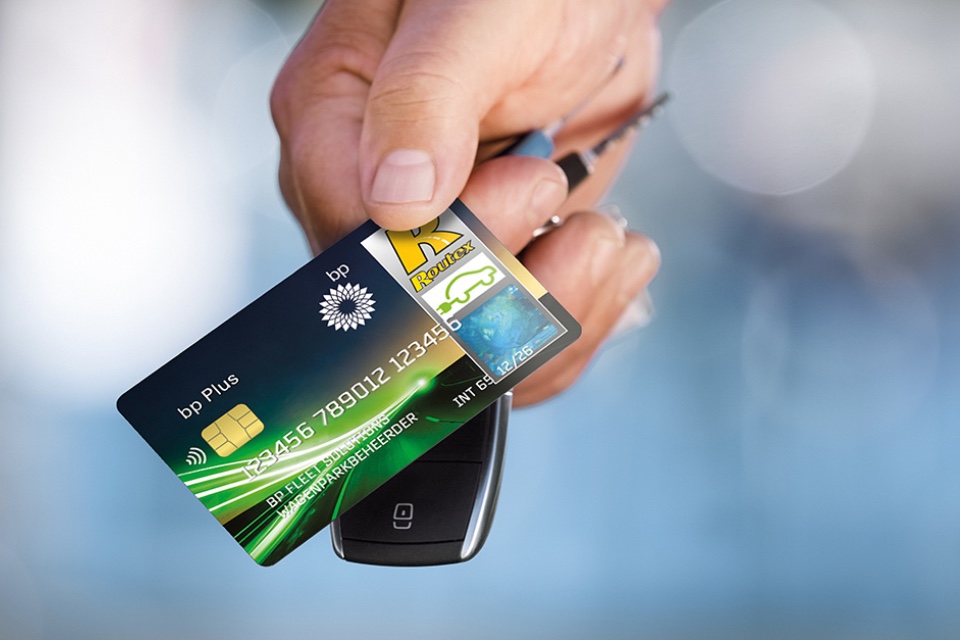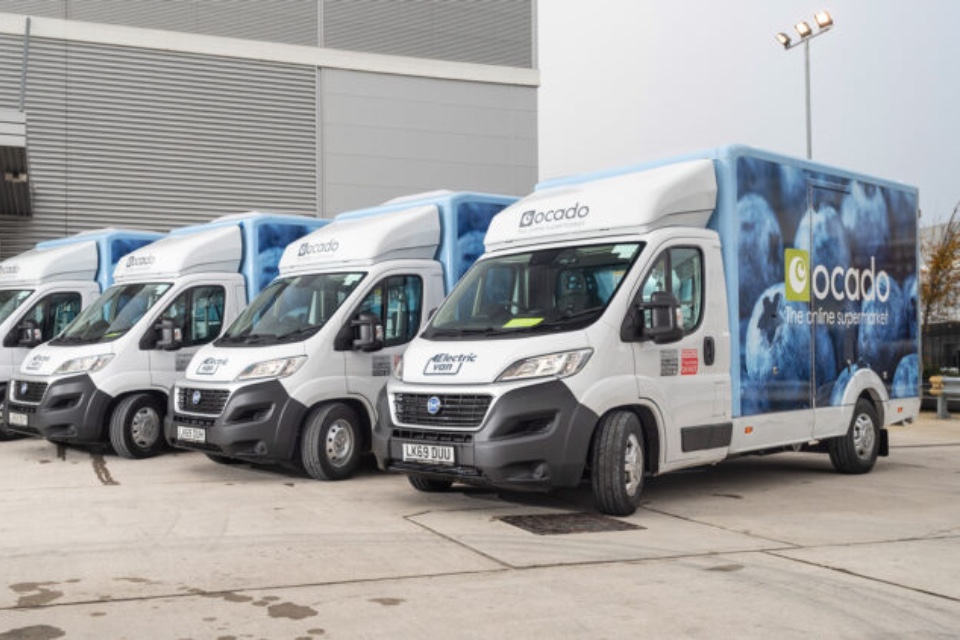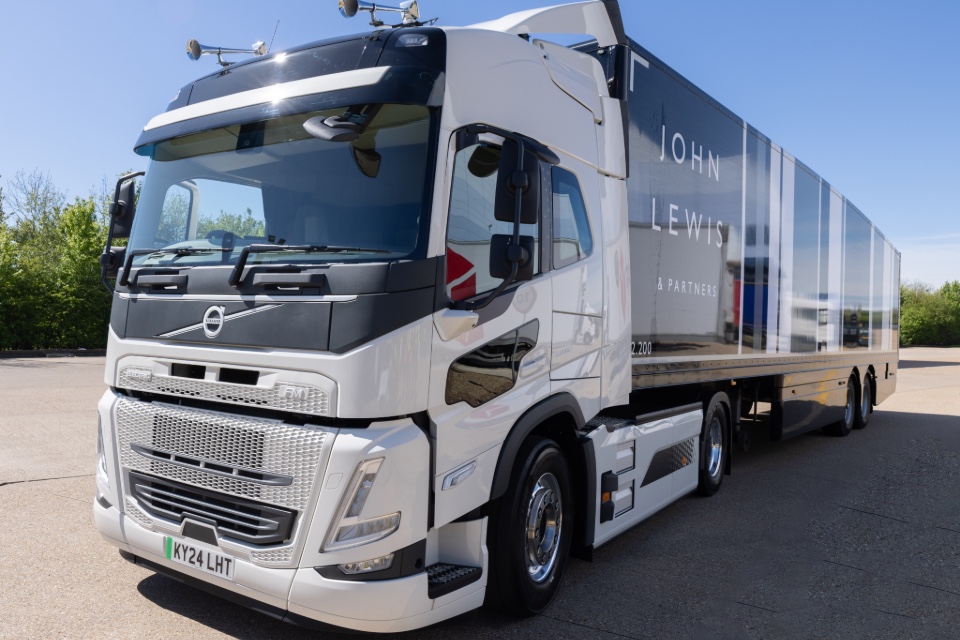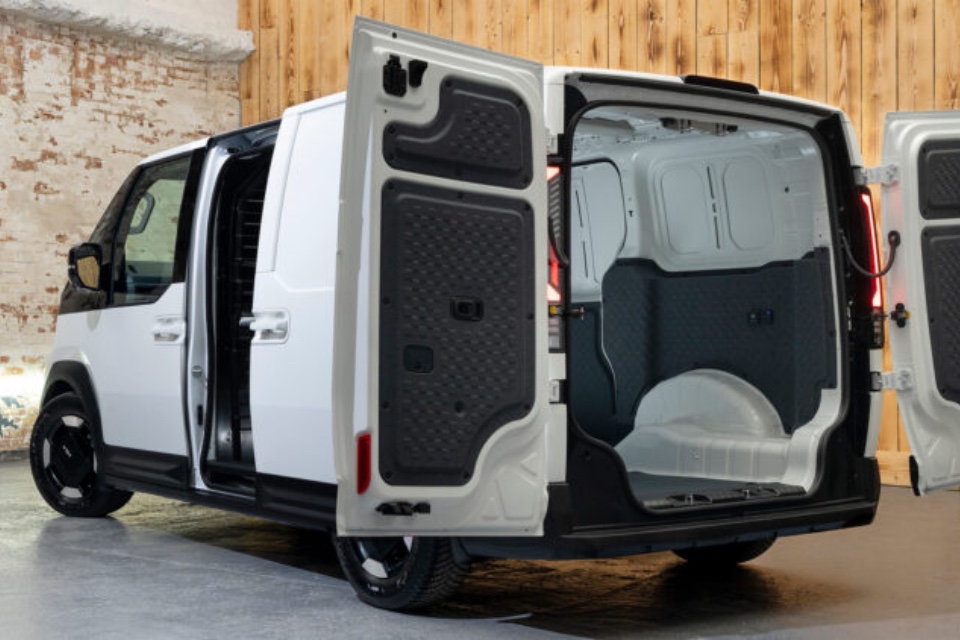Grosvenor elevates proactive SMR and downtime management with ARC Launch

Grosvenor, the UK’s largest privately-owned contract hire, fleet management and EV salary sacrifice specialist, has partnered with Targa Telematics to launch Advanced Remote Connectivity (ARC); an innovative, proactive service, maintenance and repairs (SMR) solution that reduces vehicle downtime and fleet costs. Drawing data directly from each vehicle, this real-time connection feeds directly into Grosvenor’s award-winning […]
One flexible Fuel & Charge card from bp

Not many fleets transition to EVs overnight. And while many have made a lot of progress, the reality is that most fleets will operate both conventional and electric vehicles for years to come. Managing a mixed fleet, however, can bring added challenges, from increased administrative burden to the complexity of coordinating different fuelling, maintenance and reporting […]
Grosvenor: Bespoke mobility solutions for fleets of all sizes

Grosvenor is the UK’s largest privately-owned contract hire, fleet management and electric car salary sacrifice specialist. With a pedigree spanning over 40 years we are proud to have recently won all 4 major fleet industry awards in succession and have also launched Advanced Remove Connectivity (ARC) which is set to revolutionise proactive SMR and downtime […]
INDUSTRY SPOTLIGHT: Nexus and Iris – The digital edge in vehicle and plant hire

Nexus is the UK’s industry-leading vehicle and plant hire provider, trusted by thousands of businesses to simplify and streamline even the most complex rental requirements. But we’re not just a rental provider. At our core, we’re a technology business, and Iris® is the platform powering the future of vehicle rental management. Iris® is a modular, […]
Stellantis Fleet & Business Solutions: unmatched flexibility, innovation, and service for businesses of all sizes

In today’s fast-paced commercial landscape, every mile counts—and so does every choice you make about your fleet. Stellantis Fleet & Business Solutions is redefining what businesses across the UK can expect from their vehicle partners. With a diverse portfolio of trusted brands including Peugeot, Citroën, Vauxhall, Fiat Professional, Alfa Romeo, Jeep® ,DS Automobiles and Leapmotor, […]
INDUSTRY SPOTLIGHT: Keep your fleet in check with DAVIS

In today’s fast-paced world, managing a fleet of vehicles efficiently and safely is more important than ever. For fleet managers, this means not only ensuring that vehicles are operational but also keeping a keen eye on compliance, maintenance, and overall safety. Enter DAVIS Fleet – a comprehensive, modular cloud-based fleet management solution that simplifies the entire process […]
THE WHICHEV VIEW: Call for government to provide more support for large van EV transition

By WhichEV A leading UK-based vehicle electrification company has called on the government to take immediate steps to support the transition of large van fleets to lower-emission alternatives, warning that the country’s net-zero ambitions are at risk without more flexible policy support. In an open letter sent to senior government officials, including the Secretary of […]
Streamline Your Fleet Electrification with Flexible Power Systems: Plan, Deploy, and Operate

End-to-end Electrification Solutions Flexible Power Systems (FPS) is at the forefront of fleet electrification, offering proven services that streamline the transition to electric vehicles (EVs). Their Plan, Deploy, and Operate services are relevant to van and truck fleets, whether just starting out or operating large fleets. FPS Plan FPS Plan leverages technical knowledge, big data, […]
vaylens Launches Next-Gen Fleet Charging Solution – Join Us Live!

The future of EV fleet management is here. At vaylens, we’ve listened closely to the challenges facing fleet operators in an increasingly electrified world — and now we’re proud to unveil the next evolution of our Centralised CPMS platform: a fully integrated Fleet Charging Solution that connects charging at home, work, and on the road into one seamless experience. […]
THE WHICHEV VIEW: Kia debuts PV5 electric van in UK

By WhichEV Kia has officially entered the UK electric commercial vehicle sector, unveiling its first purpose-built electric van — the PV5 — at the 2025 Commercial Vehicle (CV) Show. The company has also announced an all-new dealer and service network, focused exclusively on supporting businesses making the shift to electric. Pre-orders for the PV5 Cargo and PV5 Passenger […]


